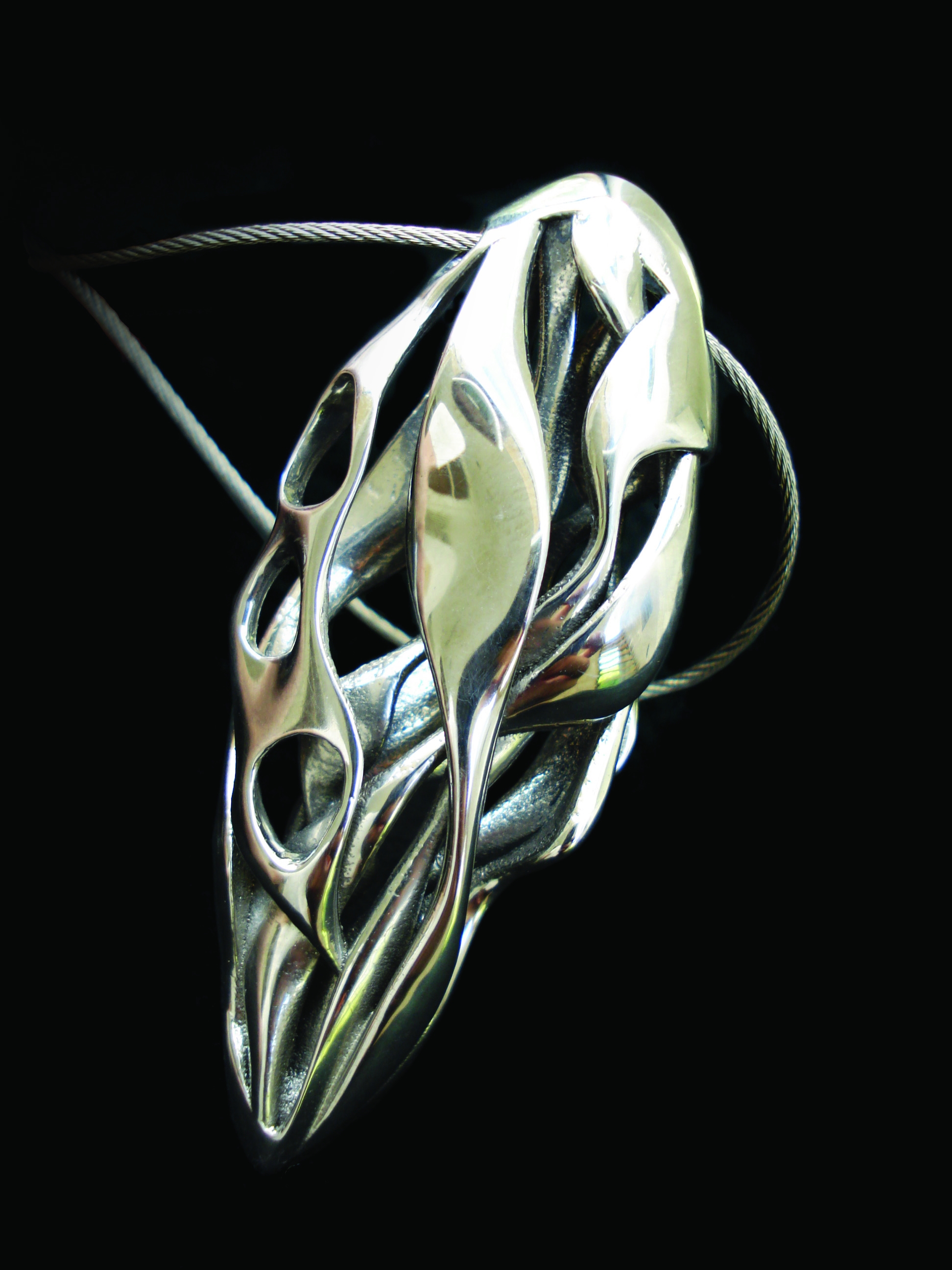Engineering and design have always been slightly uneasy bedfellows. Of course, good design is a vital component of engineering, but it’s another of those semantic problems — ‘design’ also covers a multitude of activities which have nothing to do with engineering, such as graphics, clothing and some aspects of architecture; more the realm of those clad in black polo-necks and angular glasses. So it was with interest and a little trepidation that I set off to the Design Museum yesterday for a preview of its new exhibition, ‘The Future is Here’, about how the new wave of digital manufacturing techniques might change our world. What sort of ‘design’ would be on display here, I wondered?
In fact, it’s a pretty comprehensive display, as befits an exhibition organised with the help of the Technology Strategy Board, whose innovation director, David Bott, was on hand to offer some context. As well as the expected (and much-hyped) 3D printing and additive layer manufacturing machines — all of the small-scale, resin-based variety — it features techniques such as digital weaving and knitting, compact CNC machining, on-site modular housebuilding and some interesting ideas around sustainable manufacturing, design-for-manufacture, and recyclability.
Part of the point of the exhibition, Bott told me, was to highlight how new technologies will drive an increasing integration of design and manufacturing. ‘The premise of the exhibition is that there’s a new industrial revolution going on, and an important effect of the first industrial revolution was that it made things that had previously only been available for a small number of people accessible for a much larger group of people,’ he said. ‘That entailed an integration of design and manufacture, because people had to figure out exactly how they were going to make thousands of an item when previously they’d only had to make very few.’

The new tools give us an ability to make things that we’ve not been able to make before, and that means that we have to rethink: whereas functionality might have previously been achieved through building mechanisms of several parts, now it can be done through form, by making shapes that couldn’t be made by subtractive techniques; such as build-in expanding hinges which allow a constrained amount of motion, rather than a multi-part mechanical hinge.
The effect this might have on engineering as an industry is still a big unknown area. I tend to agree with Bott that it won’t so much change the industry as create a new one, based more around customisation, at least in its early days. But what the Design Museum’s exhbition highlights, for me, is that it might change the ways that engineers think. The reliance of digital manufacturing on specific material properties, and the opportunities it gives to minimise material use, give a new focus on sustainable production that perhaps hasn’t really existed before: one exhibit highlights an office chair designed to be disassembled into components that are made from a single material to aid with recycling at the end of life, and a toaster cast from a single block of aluminium for heat management, with components with a shorter life such as the elements, which are designed to be easily swappable.
‘We’re getting much more sophisticated about our selection and design of materials for specific end-uses and we have a wide range of technologies to choose from,’ Bott said. ‘Look at how modern laptops are machined from a single block of aluminium, which makes them immensely strong but also aids with heat distribution: someone’s done some serious thinking about the balance of properties.’ This is echoed in the exhbition itself: the display cases are all made from laminated blocks of corrugated cardboard with voids cut out to hold the exhibits. Very lightweight, very effective, very eco.
This will mean that engineering companies and education will have to change to accommodate this new thinking, whether they’re using digital manufacturing techniques, conventional techniques, or a hybrid of both to provide customer customisation. The lines between engineer and designer are going to become increasingly blurred, and that’s going to present as many challenges as opportunities.




Nanogenerator consumes CO2 to generate electricity
Whoopee, they've solved how to keep a light on but not a lot else.